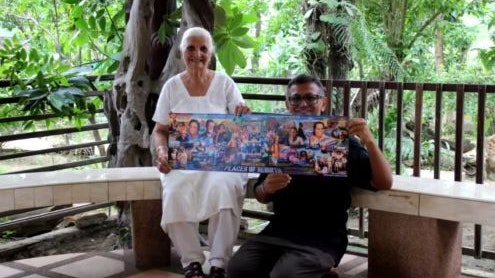Homepage
•
Learning Library
•
Blog
•
4 Ways to Create Diverse Curricular Content
Expand breadcrumbs
Expand breadcrumbs
- Learning Library
- Blog
- 4 Ways to Create Diverse Curricular Content
- Homepage
- •
- Learning Library
- •
- Blog
- •
- 4 Ways to Create Diverse Curricular Content
4 Ways to Create Diverse Curricular Content
By Queena Ko
September 23, 2020








